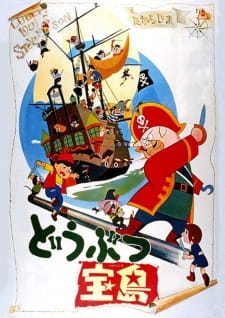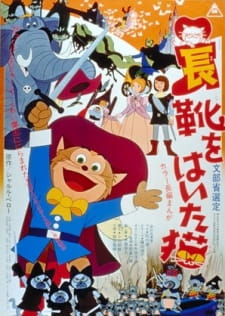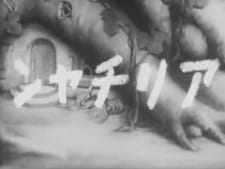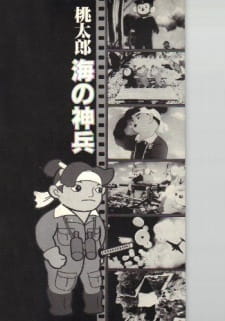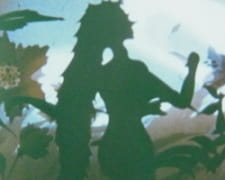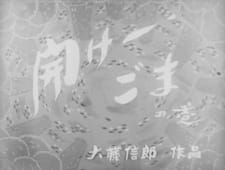Jan 28, 2023
こねこのらくがき - Koneko no Rakugaki is a charming black and white short film of about 12 minutes. The 1957 Toei Animation production was directed by Yabushita Taiji, who also directed the anime "Kuroi Kikori to Shiroi Kikori".
A funny little story about a tiny kitten who draws on a white wall with a pencil, much to the delight of his mouse friends. But all this colourful activity comes to an abrupt end when the owner of the house suddenly appears on the scene. Of course, he is not pleased with the unwanted beautification of his home, and while the kitten is sentenced to scrubbing, the two
...
mice have nothing better to do than "borrow" the pencil. Obviously enjoying themselves, they are determined to cause mischief. Thus begins a wild chase between friends in which fantasy and reality soon become intertwined in a way that is reminiscent of the Tom and Jerry cartoons that debuted in 1940.
The characters may be simple, but the brevity and lack of voice acting make it difficult to develop complex characters. The kitten may be a little naive and the mice are clever. The story tries to give young viewers some moral advice in the context of a funny story. It may be idealistic, but whether idealistic or humorous, straightforward or a bit like chasing rainbows: it fits its time.
The visual style bears the signature of Mori, Yasuji, who was already well known as an illustrator of children's books. Inspired by American cartoons (especially Disney), he became a master of his craft and the first to popularise the style of anthropomorphism that would become so famous. Anthropomorphism is the imbuing of animal characters, for example, with human traits, feelings or motives. This style has been used since the early days of Japanese animation. However, Mori-san is still famous for his cute animal characters. On the other hand, the visual implementation is also interesting, both for its experimental mixing of drawing styles and for its animation, which was quite extensive for the time. For example, when the kitten climbs onto the scribbled railway carriages and the waggons deform under the kitten's weight, or when objects rotate in front of the camera. These animations were very time consuming. Another example is a scene animated from the perspective of the pursuer, rather than the classic side view. Unlike the side view, where the camera only had to be moved over a long, static background image, the pursuer's perspective requires the character and his surroundings to be fully animated. Even decades later, this was still considered a visual highlight.
The background music was composed by Ito, Senji for the film, so it fits the story well. Just a little thing, but the sound of the tin can dragging a mouse by its tail changes depending on the environmental conditions, e.g. when it runs down the drain.
Finally, to answer the question: "Should I watch this? If you're really interested in how anime has developed over the decades until today, you should. And on the other hand, if you have the time to watch "Shounen" with more than 100 episodes, then you should at least take these 12 minutes of your time.
Thank you for reading and have fun watching!
Reviewer’s Rating: 7
What did you think of this review?
Nice
 0
0
Love it
 0
0
Funny
 0
0
Confusing
 0
0
Well-written
 0
0
Creative
 0
0Show all
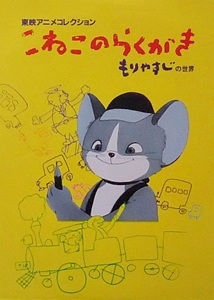



 (1).png)


